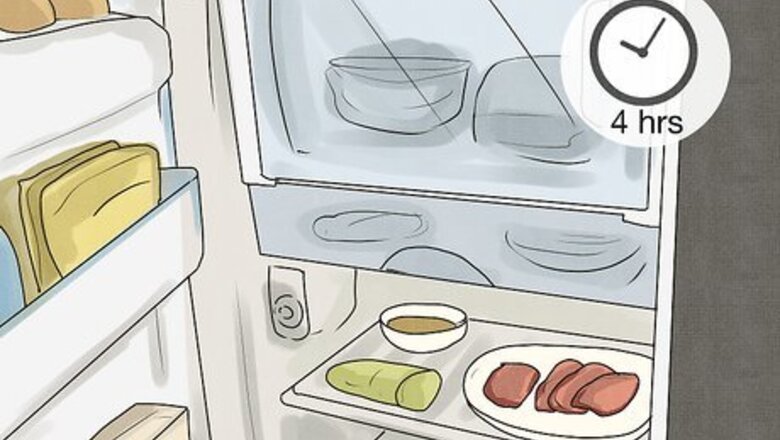
views
How long is food OK in the refrigerator without power?
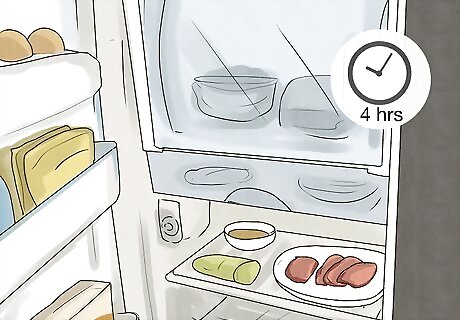
Refrigerated food is good for about 4 hours without power. After 4 hours, the food starts to warm up and grow bacteria, which can make you sick if you eat it. A full freezer will preserve the cold for up to 48 hours, while a half-full freezer keeps food cold for up to a day. If your food still feels cold to the touch, it's probably safe to eat.
How can I save food when the power goes out?
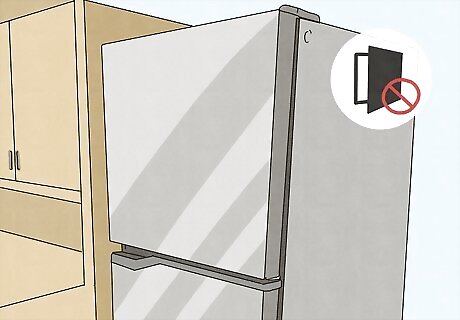
Leave your refrigerator and freezer doors shut. According to the Food and Drug Administration (FDA), your refrigerated food will stay cool and safe-to-eat for up to 4 hours as long as you don’t open the refrigerator door. If your freezer is completely full, your food will stay frozen for up to 2 days; if it’s only halfway full, it’ll be good for up to 1 day.
Transfer your refrigerated food to a cooler after 4 hours. Then, fill the cooler with dry or block ice, which will keep your food from spoiling.
Add extra ice to your freezer to keep your food frozen. After about 1-2 days, your frozen food will start thawing and warming up. During long-term power outages, fill your freezer with lots of extra ice and cold packs. For reference, about 50 lb (23 kg) of dry ice can keep an 18 cu ft (0.51 m) freezer cold for 2 days.
How else can I keep my food safe?
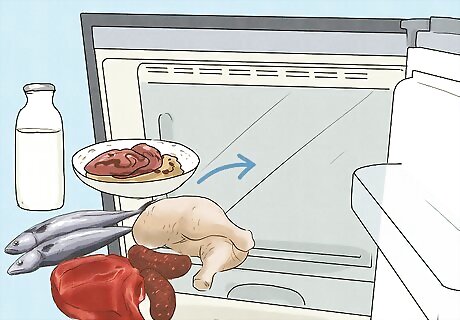
Move perishables to the freezer if you don’t need them right away. Refrigerated items like milk, fresh meat, and leftovers will stay fresh for longer in the freezer. Plus, full freezers preserve cold temperatures longer than half-filled freezers do.
What temperature does my food need to stay at?
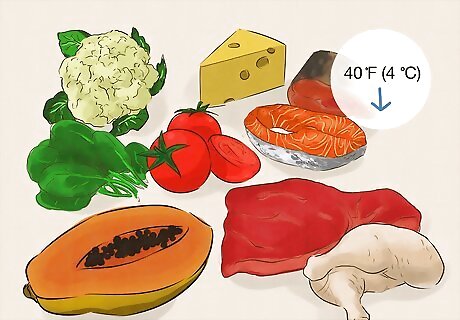
Perishable food needs to stay below 40 °F (4 °C). Once foods rise above this temperature, they become a breeding ground for harmful bacteria and foodborne illnesses, like Salmonella, E. coli, and more. Don’t worry—you can check your perishable food with a thermometer beforehand to see if it’s still safe to eat. If your freezer or refrigerator has a thermometer, check the internal temperature to see how fresh your food is.
Can I refreeze or cook thawed food?
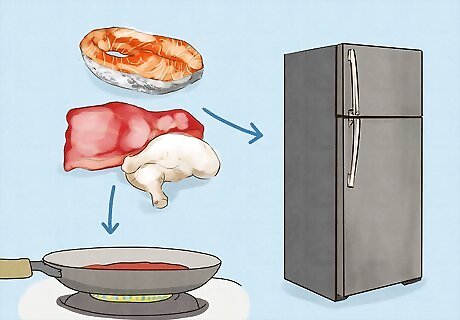
Yes, as long as it’s below 40 °F (4 °C). If your food still has ice crystals forming on it, it’s still safe to cook or refreeze. If you aren’t sure if your food is still good, discard it—your health and safety are most important!
What if my food goes above 40 °F (4 °C) for more than 2 hours?
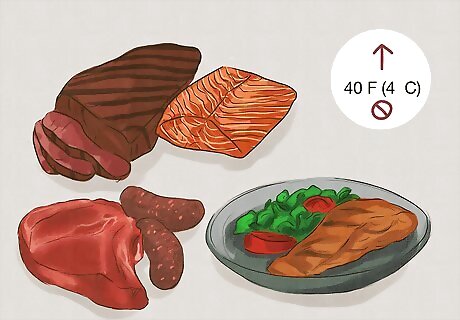
Throw out any meat, poultry, or meat-based dishes. Experts agree that all kinds of meat, be they raw or cooked, need to be thrown out after warming up. Even lunch meats, meat-based dishes, and opened cans of meat are no longer good at this point. Meat spoils the fastest, so throw any meat products, including pizza and meat-based sauces, like gravies and broths.
Discard most cheeses and dairy products. Dairy is another food that spoils pretty quickly. Soft, low-fat, and shredded cheeses aren’t good if they start to warm up. Get rid of all milk, cream, yogurt, and opened baby formula, too. Toss out condiments including fish sauce, oyster sauce, creamy salad dressings, and mayonnaise. Also, discard any tartar sauce, horseradish sauce, and opened spaghetti sauce. Butter and margarine are still safe to eat even if they’ve been warmer than 40 °F (4 °C) for over 2 hours.
Toss most of your refrigerated grains and veggies. Refrigerated doughs, cooked and fresh pasta, cream-filled desserts, custard- or milk-based pies, and cooked veggies all need to be thrown out. Freshly cut veggies need to be tossed, too.
Hold onto most of your fruit, hard cheeses, and uncut veggies. Fresh veggies are safe to eat above 40 °F (4 °C), as long as they aren’t chopped up. Fresh, uncut fruits are also safe to eat, along with opened fruit juice, opened cans of fruit, and dried fruit. Hard cheeses, like Swiss, Parmesan, provolone, and Colby, are also safe to eat after warming up. Certain condiments like jelly, jam, peanut butter, relish, ketchup, mustard, taco sauce, and vinegar-based salad dressings are still safe to eat, even if they rise above 40 °F (4 °C).
What should I eat during a power outage?
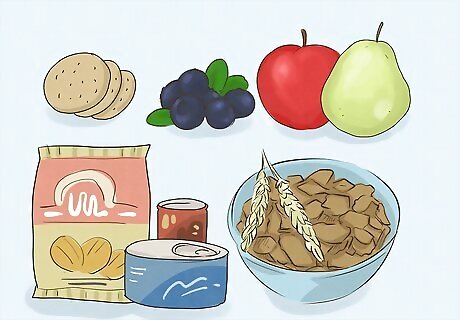
Snack on nonperishable food. Canned foods, like beans, veggies, and fruit, along with breakfast cereal, nuts, crackers, snack bars, and peanut butter are all great food options during a power outage. Shelf-stable milk and plant milk are also safe to drink when your power is out. Drain and mix some canned veggies together into a quick, tasty salad. Repurpose canned fish and veggies into quick, tasty tacos. Experts don’t recommend opening your refrigerator or freezer doors during a power outage, so your food can stay cold for as long as possible.
What can I buy in case of a power outage?
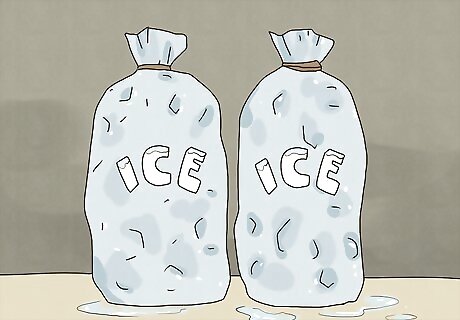
Buy ice and gel packs ahead of time. Ice can be a real lifesaver during a long-term power outage. Fill up your freezer with plenty of ice and gel packs; this way, if the power goes out, you can extend the life of your perishable food.
Get refrigerator and freezer thermometers if you don’t have them already. These thermometers help you keep tabs on your food quality during a power outage. You can find these thermometers online or at big-name retail stores for less than $10 a piece.
Invest in a generator. Generators can keep your appliances up and running so your food won’t spoil. Always keep your generator outside and at least 20 ft (6.1 m) away from your home, so you don’t breathe in any toxic fumes.
Will the power company pay for spoiled food?
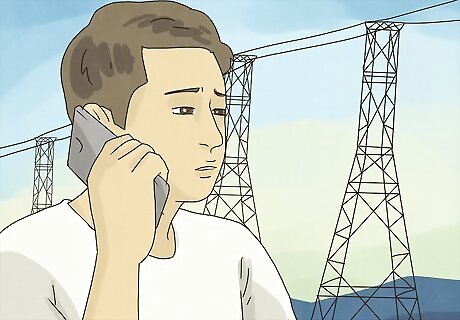
Contact your power company to see what their policy is. In the past, some power companies allow affected customers to file claims for their spoiled food. To place a large claim, you’ll need to show “proof of loss,” like a grocery receipt or a picture of your spoiled food.
















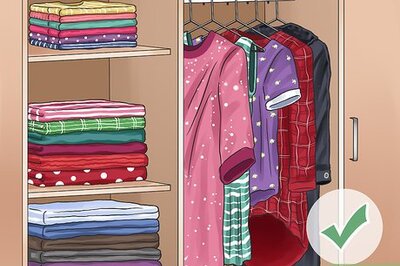
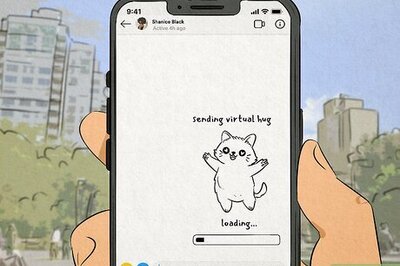
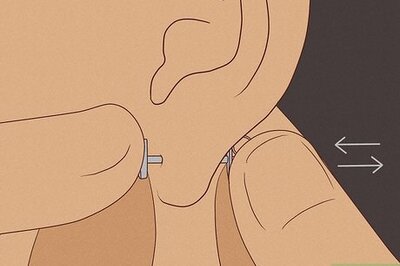
Comments
0 comment